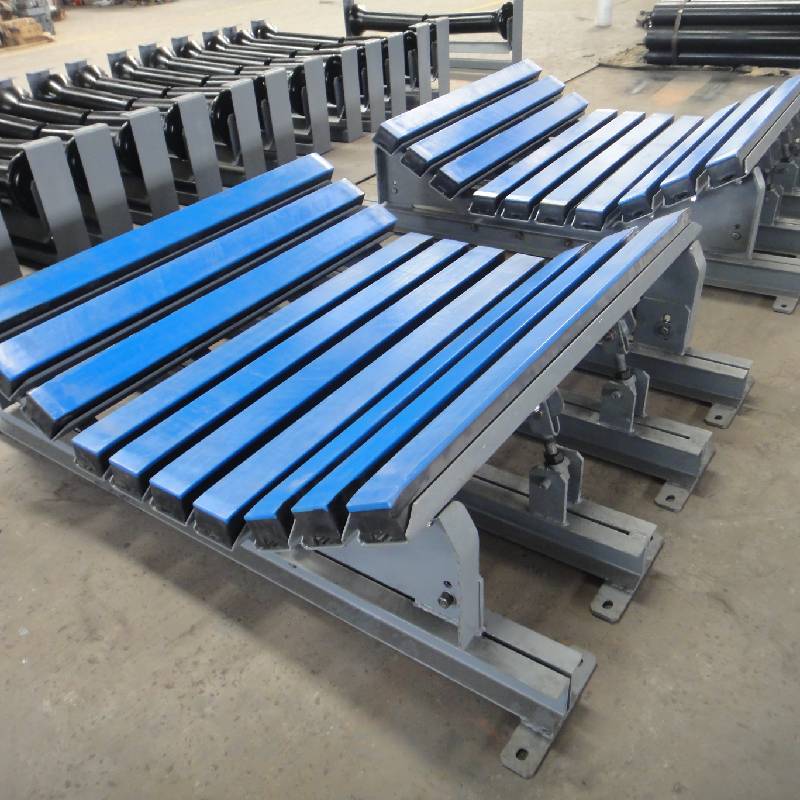 Afrikaans
Afrikaans  Albanian
Albanian  Amharic
Amharic  Arabic
Arabic  Armenian
Armenian  Azerbaijani
Azerbaijani  Basque
Basque  Belarusian
Belarusian  Bengali
Bengali  Bosnian
Bosnian  Bulgarian
Bulgarian  Catalan
Catalan  Cebuano
Cebuano  Corsican
Corsican  Croatian
Croatian  Czech
Czech  Danish
Danish  Dutch
Dutch  English
English  Esperanto
Esperanto  Estonian
Estonian  Finnish
Finnish  French
French  Frisian
Frisian  Galician
Galician  Georgian
Georgian  German
German  Greek
Greek  Gujarati
Gujarati  Haitian Creole
Haitian Creole  hausa
hausa  hawaiian
hawaiian  Hebrew
Hebrew  Hindi
Hindi  Miao
Miao  Hungarian
Hungarian  Icelandic
Icelandic  igbo
igbo  Indonesian
Indonesian  irish
irish  Italian
Italian  Japanese
Japanese  Javanese
Javanese  Kannada
Kannada  kazakh
kazakh  Khmer
Khmer  Rwandese
Rwandese  Korean
Korean  Kurdish
Kurdish  Kyrgyz
Kyrgyz  Lao
Lao  Latin
Latin  Latvian
Latvian  Lithuanian
Lithuanian  Luxembourgish
Luxembourgish  Macedonian
Macedonian  Malgashi
Malgashi  Malay
Malay  Malayalam
Malayalam  Maltese
Maltese  Maori
Maori  Marathi
Marathi  Mongolian
Mongolian  Myanmar
Myanmar  Nepali
Nepali  Norwegian
Norwegian  Norwegian
Norwegian  Occitan
Occitan  Pashto
Pashto  Persian
Persian  Polish
Polish  Portuguese
Portuguese  Punjabi
Punjabi  Romanian
Romanian  Russian
Russian  Samoan
Samoan  Scottish Gaelic
Scottish Gaelic  Serbian
Serbian  Sesotho
Sesotho  Shona
Shona  Sindhi
Sindhi  Sinhala
Sinhala  Slovak
Slovak  Slovenian
Slovenian  Somali
Somali  Spanish
Spanish  Sundanese
Sundanese  Swahili
Swahili  Swedish
Swedish  Tagalog
Tagalog  Tajik
Tajik  Tamil
Tamil  Tatar
Tatar  Telugu
Telugu  Thai
Thai  Turkish
Turkish  Turkmen
Turkmen  Ukrainian
Ukrainian  Urdu
Urdu  Uighur
Uighur  Uzbek
Uzbek  Vietnamese
Vietnamese  Welsh
Welsh  Bantu
Bantu  Yiddish
Yiddish  Yoruba
Yoruba  Zulu
Zulu Comparison of Tapered Shaft and V-Belt Pulleys for Enhanced Performance and Efficiency
Understanding Tapered Shaft V-Belt Pulleys
Tapered shaft V-belt pulleys are essential components in various mechanical systems and machinery. They play a crucial role in power transmission and are popular in applications ranging from small machinery to large industrial equipment. This article aims to explain what tapered shaft V-belt pulleys are, how they work, their advantages, and their typical applications.
What are Tapered Shaft V-Belt Pulleys?
A tapered shaft V-belt pulley is a type of pulley that is designed to fit onto a tapered shaft. The taper allows for a snug fit, which enhances the grip and stability of the pulley on the shaft. These pulleys feature a V-shaped groove that accommodates V-belts, which are commonly used to transfer rotational power between shafts in machinery. The design of the V-belt and pulley system ensures efficient power transmission with minimal slippage.
Pulleys are available in various materials, including cast iron, steel, and aluminum, which provide strength and durability. The choice of material often depends on factors such as the operating environment, load requirements, and cost considerations.
How Do They Work?
The operational mechanism of tapered shaft V-belt pulleys is relatively straightforward. When a motor drives the pulley, the torque generated is transferred to the V-belt fitted into its groove. The unique shape of the V-belt ensures that it holds onto the pulley securely, which prevents slippage and allows effective power transmission to downstream components.
As the pulley rotates, the belt moves over the surface and transfers power to another pulley or a driven component. The tapered design of the shaft allows for easy installation and removal of the pulley, promoting maintenance ease—a critical aspect in operational efficiency.
Advantages of Tapered Shaft V-Belt Pulleys
tapered shaft v belt pulley

1. Secure Fit The tapered design allows for a tight fit on the shaft, reducing the risk of the pulley slipping during operation. This secure fit promotes efficient power transfer and minimizes wear and tear on both the pulley and the belt.
2. Ease of Installation Tapered shaft pulleys can usually be installed without specialized tools, making them user-friendly for maintenance and replacements. This ease of installation is beneficial in settings where equipment downtime must be minimized.
3. Versatility These pulleys can be used in a multitude of applications, from agricultural machinery and lawn equipment to conveyor systems and industrial drives. Their versatility makes them a popular choice across various industries.
4. Reduced Vibration A properly fitted tapered pulley reduces the risk of misalignment, which can lead to excessive vibration and noise during operation. This characteristic not only prolongs the lifespan of the machinery but also enhances operational efficiency.
5. Cost-Effective Given their durability and reliability, tapered shaft V-belt pulleys can be a cost-effective solution for power transmission needs, reducing the frequency of replacements or repairs.
Typical Applications
Tapered shaft V-belt pulleys are used in a wide array of applications. In the agricultural sector, they are often found in tractors and harvesters, where they help transfer power to various implements. In manufacturing, these pulleys are critical for driving conveyors, chippers, and drilling machines. They are also prevalent in automotive applications, where they help operate components such as water pumps and alternators.
In conclusion, tapered shaft V-belt pulleys are integral components in mechanical systems, offering secure power transmission with ease of maintenance. Their versatile nature, combined with the benefits they provide, makes them indispensable across many industries. Understanding their functionality and application can aid in selecting the right pulley for specific mechanical needs, ensuring optimal efficiency and performance in any system. Whether in heavy machinery or light equipment, tapered shaft V-belt pulleys remain a critical link in the chain of power transmission technology.
-
Revolutionizing Conveyor Reliability with Advanced Rubber Lagging PulleysNewsJul.22,2025
-
Powering Precision and Durability with Expert Manufacturers of Conveyor ComponentsNewsJul.22,2025
-
Optimizing Conveyor Systems with Advanced Conveyor AccessoriesNewsJul.22,2025
-
Maximize Conveyor Efficiency with Quality Conveyor Idler PulleysNewsJul.22,2025
-
Future-Proof Your Conveyor System with High-Performance Polyurethane RollerNewsJul.22,2025
-
Driving Efficiency Forward with Quality Idlers and RollersNewsJul.22,2025





























